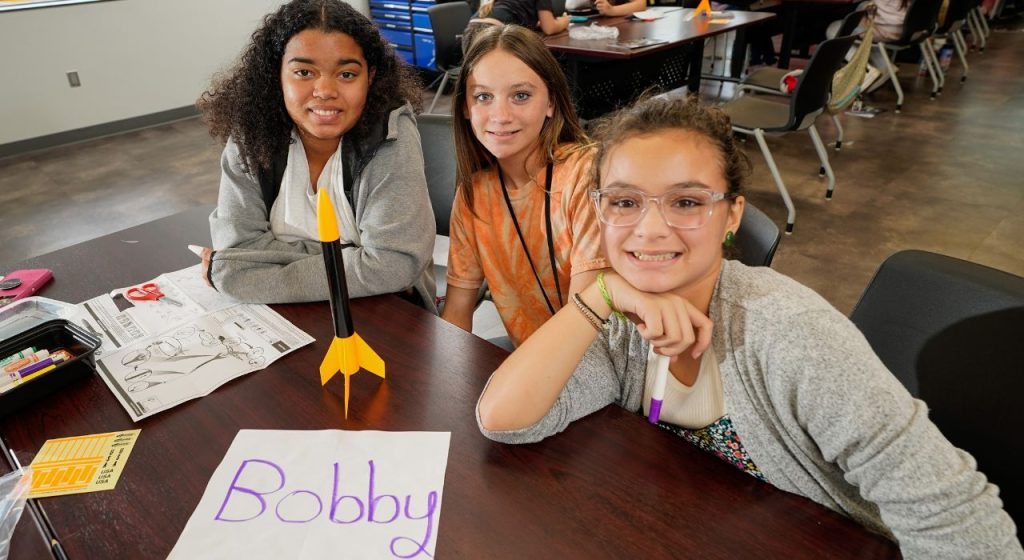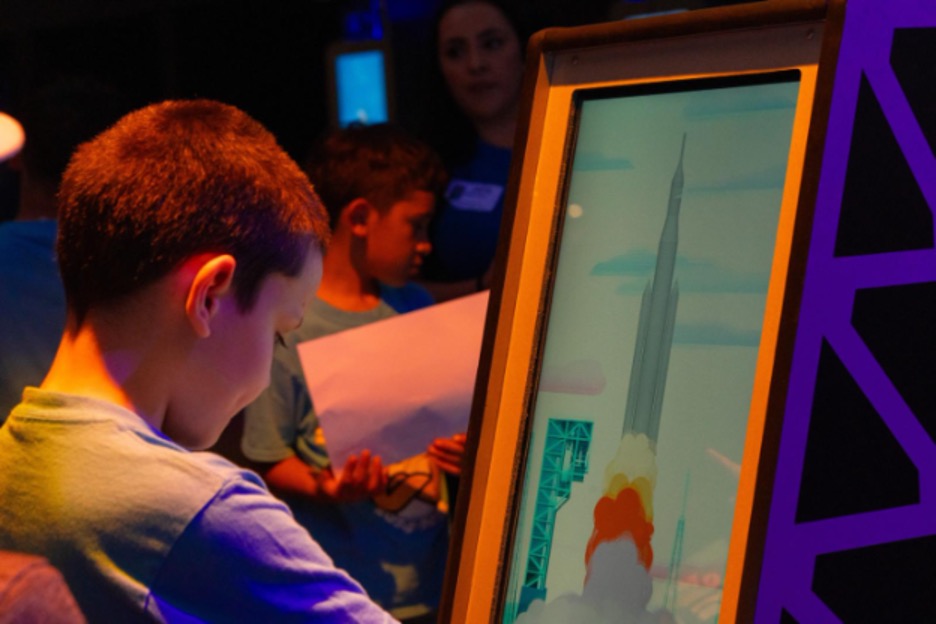The night sky offers a show unlike anything else. In this monthly series, we will explore some of the top viewing experiences for backyard astronomers.
Here are some highlights from NASA’s Skywatching report, as to what you can look forward to observing in the June sky!
June 10 – Solar Eclipse
On Thursday morning there will be a solar eclipse! Watch as the Moon passes between the Earth and the Sun, blocking roughly 80% of the left side of the Sun (as observed from the Washington, D.C. area). This will be a partial eclipse for much of northeastern North America, Greenland, Northern Europe, and northern Asia, while parts of Canada, Greenland, Siberia, and the Arctic Ocean will observe an annular eclipse.
The eclipse will end around 5:29 a.m. CT.
In the evening, Mercury will be at inferior conjunction (when the planet passes between Earth and the Sun, as observed from Earth), and will begin the transition from the evening to the morning sky.
Viewing Tips:
It is important to remember that looking directly at the Sun can harm your eyes. So, if you plan on watching the eclipse, be sure to protect your eyes by wearing special eclipse glasses.
June 12 – Pollux appears
Catch a glimpse of the bright star Pollux tonight, appearing roughly 5 degrees above the Moon, with Venus 8 degrees to the lower right.
June 13 – Witness the earliest sunrise of the year
If you happen to be in the Washington, D.C. area (or a similar latitude), this morning’s sunrise will be the earliest of the year, at 5:42 a.m. EDT!
June 15 – Regulus appears
This evening, look up to the sky to see the bright star Regulus, which will appear roughly 4 degrees below and to the left of the Moon.
June 19 – Spica appears
Tonight, you will be able to spot the bright star Spica, appearing 5 degrees below the Moon.
June 20 – Summer solstice
10:32 p.m. CT marks the astronomical beginning of summer, better known as the summer solstice, meaning that today is the longest period of daylight in the year.
Mercury also begins to make an appearance above the horizon roughly half an hour before sunrise.
June 21 – Venus and Pollux appear closest together
Tonight, Venus and Pollux will appear at their closest to one another, just over 5 degrees apart.
June 22 – Antares appears
Catch the bright star Antares this evening as it makes an appearance roughly 5 degrees below the Moon.
June 24 – Full Strawberry Moon
This afternoon (around 1:40 p.m. CT) is the next full Moon! The June full Moon is referred to as the Strawberry Moon as it coincides with the beginning of summer, when strawberries are typically ready to be harvested. The full Moon will appear full for three days, from Wednesday through Saturday.
Watch the video below to find out what constellations you can see in June. This video is produced by the Space Telescope Science Institute, home of science operations for the Hubble Space Telescope, in partnership with NASA’s Universe of Learning.
Spot the Station
Watch the International Space Station pass overhead from several thousand worldwide locations. It is the third brightest object in the sky and easy to spot if you know when to look up. Visible to the naked eye, it looks like a fast-moving plane only much higher and traveling thousands of miles an hour faster! Find out when you can spot the station.
For stargazing tips, explore our guide. To learn more information about June 2021 celestial events, visit NASA Solar System Exploration.








